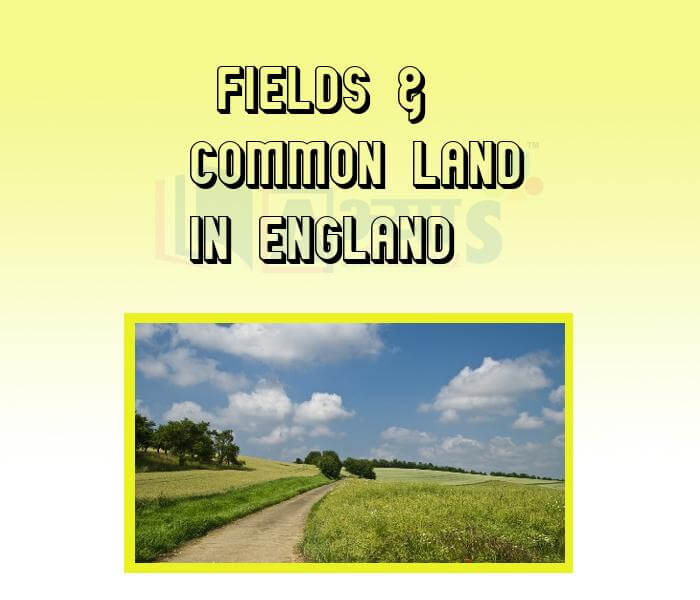Fields and Common Land in England













Fields and Common Land in England
"Peasants and Farmers" deals with peasants and farmers of three different countries i.e. the small cottagers in England, the wheat farmers of the USA and the opium producers of Bengal (India). The comparison between the histories of different places shows how these histories are different even though some processes are similar.
Introduction : The agricultural system of England changed dramatically over the late 18th and early 19th century. Before this time, in large parts of England the countryside was open.The lands were not enclosed or partitioned by the landlords. Peasants cultivated on strips of land around the village they live in. At the beginning of each year, people were allocated a number of strips to cultivate at the public meeting. These strips were located at different places and vary in quality.The effort was to ensure that everyone had a mix of good and a bad land. Beyond these strips of cultivated lay the common land. All villagers had access to the commons .here they pastured their cows and grazed their sheep,collected fuel wood for fire and berries and fruit for food. They fished in the rivers and ponds , and hunted rabbit in common forest.for the poor, the common land was essential for survival.
The Open Field System was different to the rural people in the 18th Century :
Students / Parents Reviews [10]
It was a good experience with Abhyas Academy. I even faced problems in starting but slowly and steadily overcomed. Especially reasoning classes helped me a lot.

Cheshta
10thBeing a parent, I saw my daughter improvement in her studies by seeing a good result in all day to day compititive exam TMO, NSO, IEO etc and as well as studies. I have got a fruitful result from my daughter.

Prisha Gupta
8thA marvelous experience with Abhyas. I am glad to share that my ward has achieved more than enough at the Ambala ABHYAS centre. Years have passed on and more and more he has gained. May the centre flourish and develop day by day by the grace of God.

Archit Segal
7thMy experience was very good with Abhyas academy. I am studying here from 6th class and I am satisfied by its results in my life. I improved a lot here ahead of school syllabus.

Ayan Ghosh
8thI have spent a wonderful time in Abhyas academy. It has made my reasoning more apt, English more stronger and Maths an interesting subject for me. It has given me a habbit of self studying

Yatharthi Sharma
10thAbout Abhyas metholodology the teachers are very nice and hardworking toward students.The Centre Head Mrs Anu Sethi is also a brilliant teacher.Abhyas has taught me how to overcome problems and has always taken my doubts and suppoeted me.

Shreya Shrivastava
8thIt was good as the experience because as we had come here we had been improved in a such envirnment created here.Extra is taught which is beneficial for future.

Eshan Arora
8thMy experience with Abhyas academy is very good. I did not think that my every subject coming here will be so strong. The main thing is that the online tests had made me learn here more things.

Hiya Gupta
8thOne of the best institutes to develope a child interest in studies.Provides SST and English knowledge also unlike other institutes. Teachers are co operative and friendly online tests andPPT develope practical knowledge also.

Aman Kumar Shrivastava
10thAbhyas is a complete education Institute. Here extreme care is taken by teacher with the help of regular exam. Extra classes also conducted by the institute, if the student is weak.
